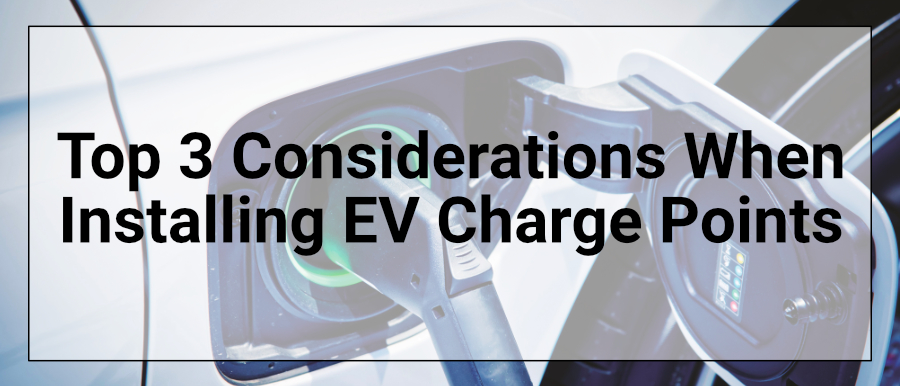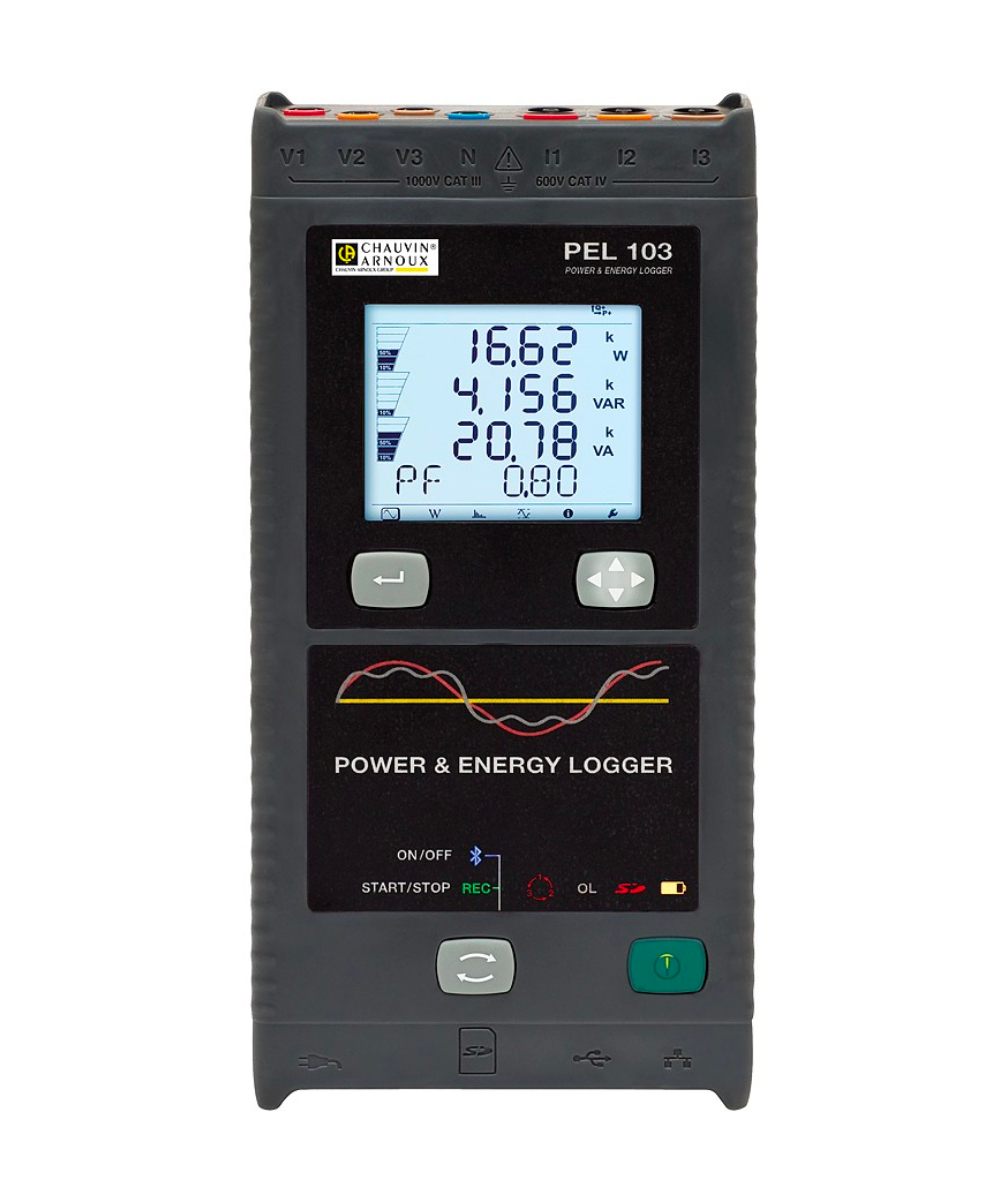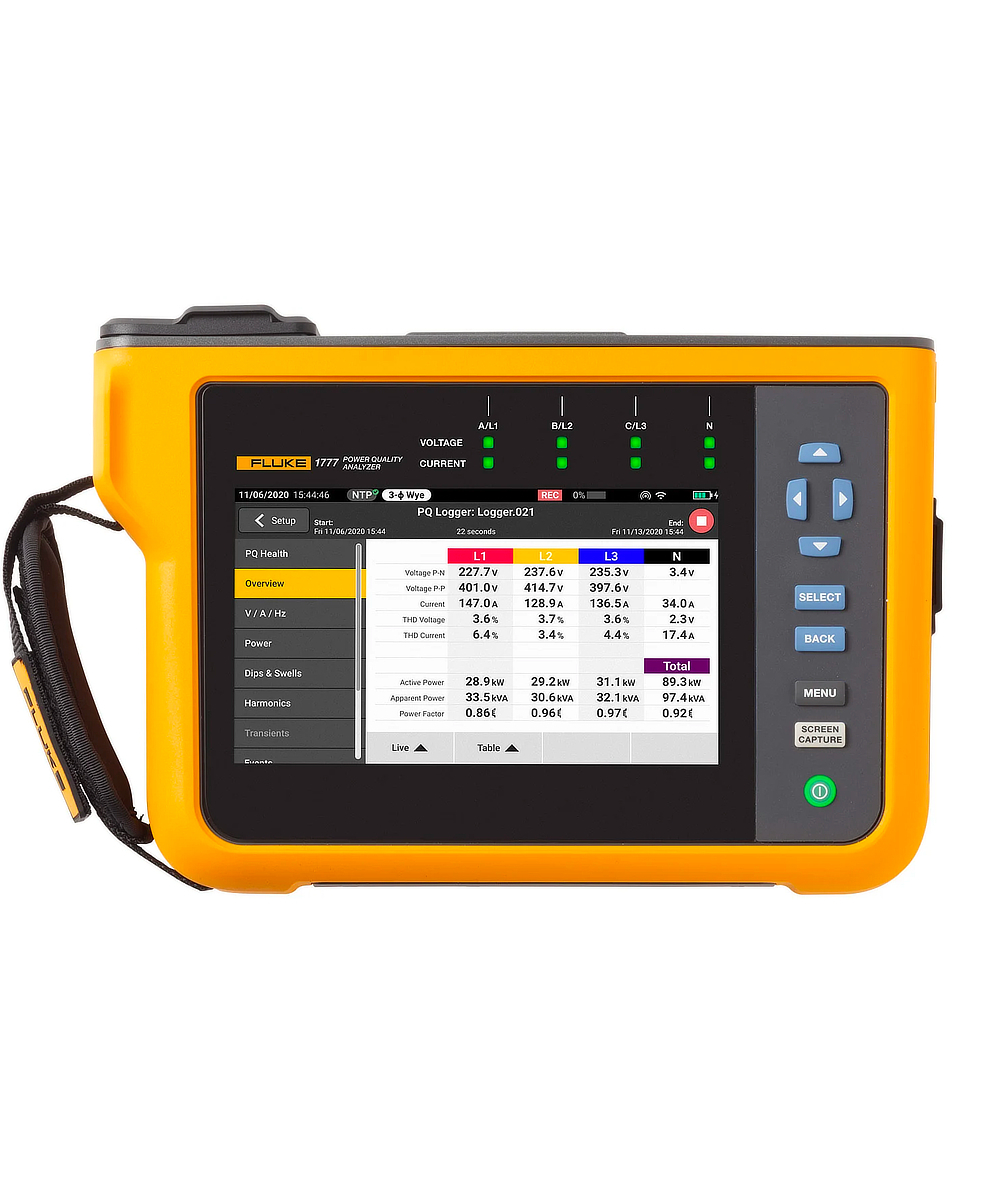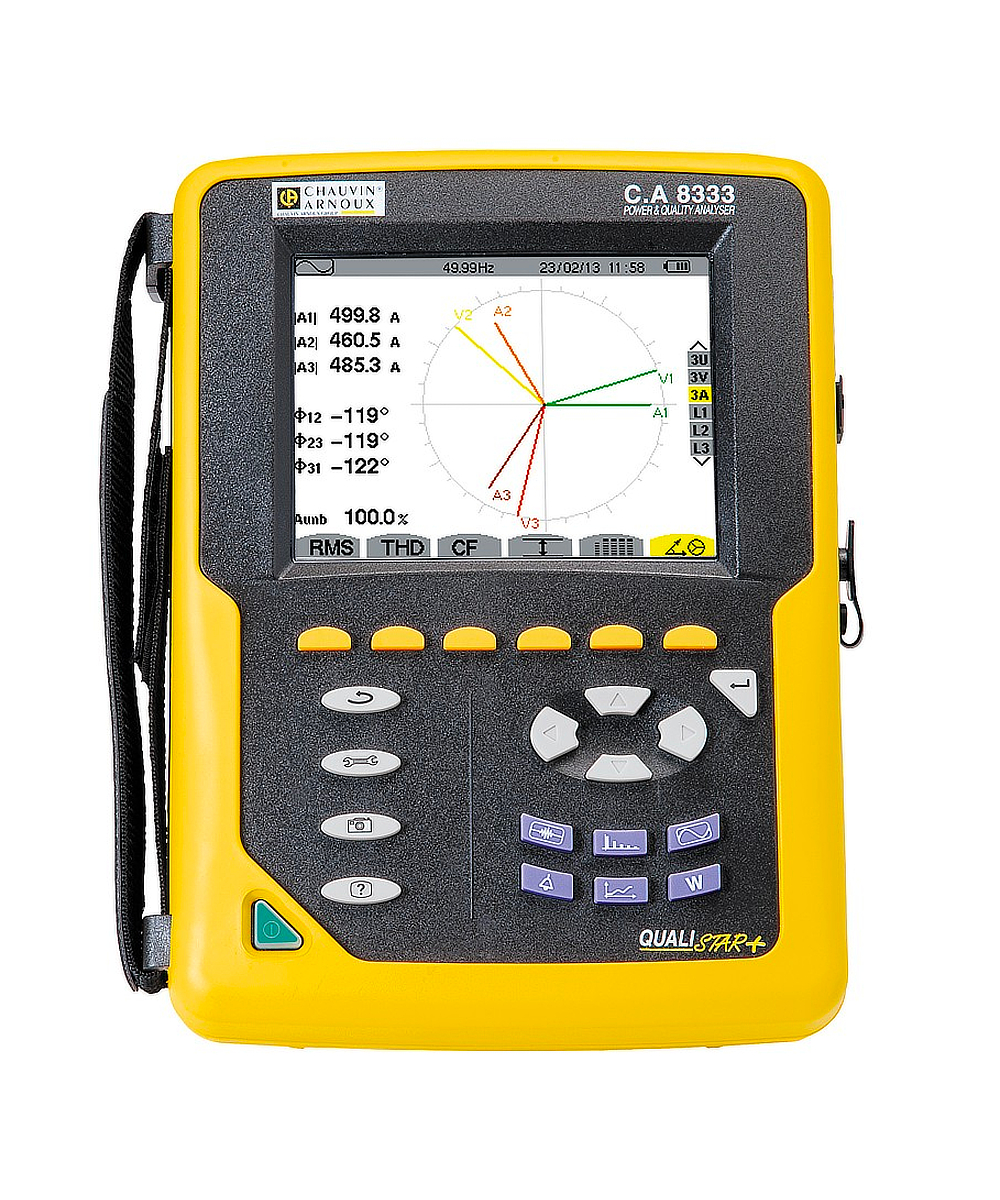
In November 2020, the UK made the commitment to phase out the sale of all diesel and petrol cars and vans by 2030, with the aim of making us the first G7 country to decarbonise road transport. Central to this commitment is the promotion of zero emission vehicles, with electric vehicles (EV) pinned as the future of road transport.
Electric motoring will receive a considerable degree of support from the government, with the announcement of £1.3 billion in funding for EV infrastructure, including a £500 million ‘Rapid Charging Fund’, aimed at increasing in the number of public charging points available to drivers. The Office for Zero Emission Vehicles (OZEV) is also providing grants for individuals and businesses who would like to install an EV changing point on their premisses, through their Electric Vehicle Homecharge and Workplace Charging Schemes.
If you want an EV charging point installed at your home or business, you’ll first need to consider the nature of the electrical supply at the property, type of charger, installation and a range of important power quality factors.
EV Charge Point Installation & Earthing
When installing an EV charge point, earthing is critical to ensure electrical safety and to protect users in the event of a fault. Traditionally, earth rods (electrodes) were used to ensure protection is offered to the user in the event of a faulty protective earth and neutral (PEN) conductor within a TNCS/PME system. However, the most recent (2020) IET Code of Practise publication on EV Charing Equipment highlights the challenges of this approach, including avoiding underground infrastructure such as buried pipes and cables when installing earth rods.

In the event of hitting or damaging underground infrastructure when driving earth rods, property damage and risk to human life are genuine concerns. To avoid this, use of a detection instrument is always advised, with options including the Leica UTILIFINDER+ and Radiodetection C.A.T4 range. An alternative method of avoiding this issue when earthing your EV charge point is to consider using an Open PEN detection device. Open PEN detection devices replace the need for earth rods, offering a safe alternative capable of detecting load imbalances and preventing risk of electric shock if touch voltages occur above 70V, in line with BS:7671.
It is always advised to check earthing has been successfully achieved or implemented with your EV charger, using a multifunction tester.
Electricity Profile Classes & Electricity Consumption
For business owners, your electricity profile/class is an important consideration when installing EV charging points. Every business energy customer is classified according to their consumption pattern and load profile, with class 01 customers being domestic (home businesses/self employed) customers with low consumption, through to class 09 customers requiring huge amounts of electricity to operate. For many businesses, they exist within a profile of classes known as ‘maximum demand’, which represents those in classes 05-08 on this scale. Maximum demand customers risk facing financial penalties if they exceed the maximum demand stipulated in the agreement with their energy supplier, making understanding the additional electricity requirements of running EV charging points important.
While it’s possible to estimate your maximum demand by studying your energy bills, the more accurate and reliable approach is to monitor and record energy use using the correct tool, such energy logger or power quality analyser (PQA).
These instruments will allow you to record a vast array of electrical and power quality data, providing you with detailed insight of usage across an entire facility or individual pieces of equipment. They will also allow you to see if you have the required headroom within your supply capacity, to avoid additional charges as a maximum demand energy customer, or if you require additional supply.
Harmonics & Load Balancing
EV charging will naturally lead to an increase in harmonics within your electrical system. As EVs require DC supply, the conversion from AC will require a rectifier in the vehicle or the charger to complete that conversion and successfully charge the EV. As harmonics are generated by producers of non-linear loads (such as rectifiers), you are guarenteed to observe these increased harmonics within your system. Excess harmonics can cause a variety of power quality issues including heating and vibration in motors, heating in neutral conductors and poor performance in electronic devices. In addition, your supply company may insist your EV charge point is disconnected if it is causing a harmonics issue.

Load balancing is another important consideration when installing EV charge points. In some cases, engineers may find themselves installing single-phase charge points into three-phase supplies, potentially causing a phase imbalance within the system. Again, this can cause a variety of issues which can lead to overheating, inefficiency, increased costs and a number of concerning power quality parameters.
To ensure your harmonics are within the required limits, using a PQA or suitable energy logger will allow you to monitor and report on these values pre and post-installation, ensuring no nasty surprises from your supply company, costly malfunctions or avoidable downtime. In addition, most units will also provide load testing functionality allowing you identify load imbalances.
When working on any EV charge point, it's important to ensure installation, repairs and changes have been implemented succesfully and safely. Using an EV charge point tester will enable you to perform a variety of safety and operational tests and checks prior to use.
In summary, there are a variety of considerations to be made before EV charge point installation can safely begin. Ensuring you have the correct test and measurement tools to hand can go a long way in ensuring compliance, improving energy efficiency and reducing potential costs in the future. If you need any support selecting the correct tool for the job, don't hestitate to contact our experts at sales@test-meter.co.uk or 0113 248 9966.




